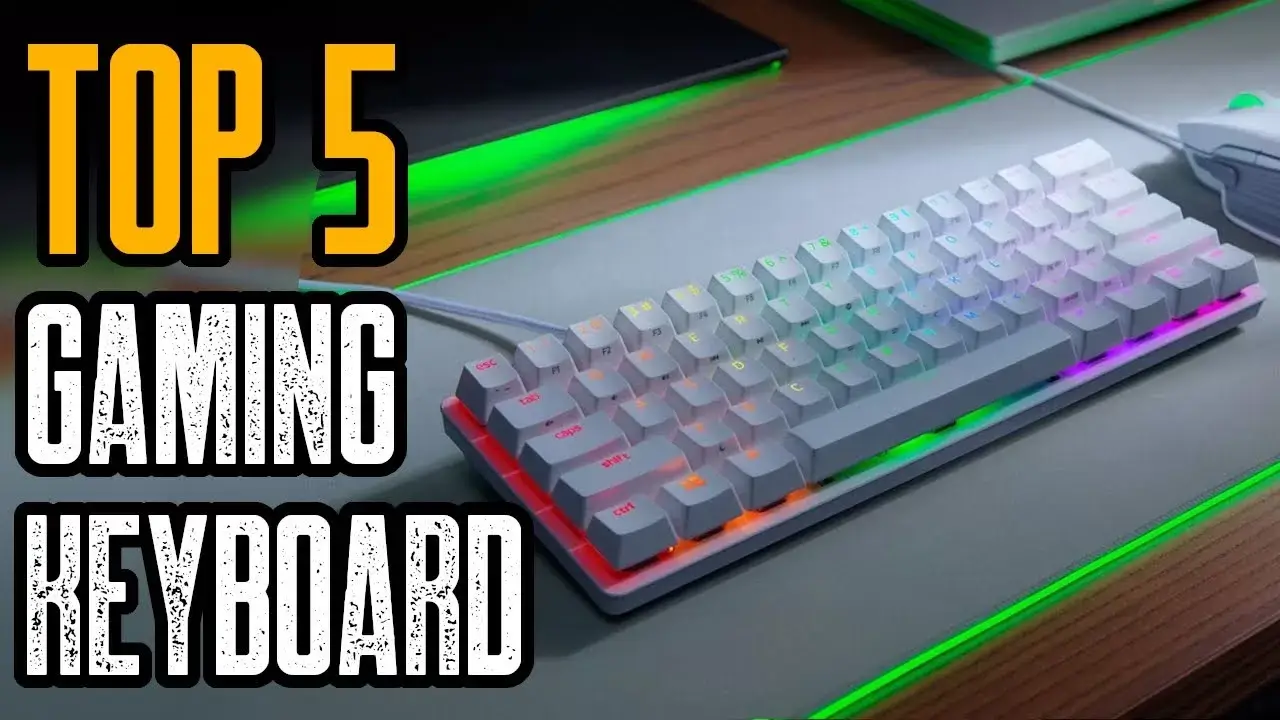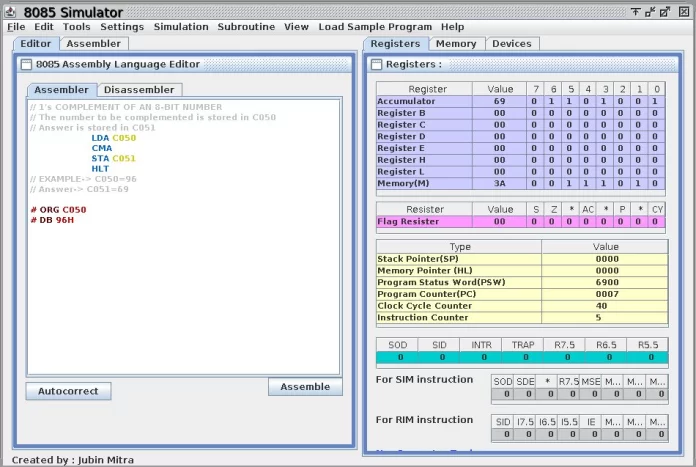An Easy and Educational Programming Simulator
Jithin Jose and J-Tech Softwares’ 8085 Simulator is a free scientific simulation program of an 8085 programming toolkit. It allows you to practice programming an 8085 microprocessor without having to get any expensive hardware and risk damaging it while you’re studying and practicing on it. This simulator is geared towards educational purposes, with its user-friendly interface and Simple and Advanced modes for both beginners and experts in programming.
Programming Processors
The Intel 8085 is an 8-bit microprocessor delivered by Intel and presented back in 1976. Contrasted with Intel’s past models, 8085 needs less help hardware, permitting less difficult and more affordable microcomputer frameworks to be assembled. It was at last obscured by a superior model in the later years, yet many designing schools love to involve the 8085 chip in their starting microchip courses since the engineering and guidance set of the 8085 is simple for an understudy to comprehend. Mentor packs for learning it are made out of a printed circuit board, the 8085 microprocessor, and supporting equipment — all presented by different organizations. These units normally incorporate total documentation, permitting an understudy to go from patching to low level computing construct programming in a solitary course. Programming test systems likewise exist to skirt the actual side of the course, permitting understudies to work on programming however much they need without demolishing the actual processor. Some accompany premium costs yet others are freeware and reduced in size, for example, J-Tech Programming’s own item.
Digital Training Kit
Developed by Jithin Jose of J-Tech Softwares, 8085 Simulator is a highly-rated software that lets you simulate the execution of opcodes in a graphical environment. There’s no need to use an actual 8085 microprocessor, as this simulator is accurate enough to virtually and digitally provide what you need. 8085 Simulator had been developed with Microsoft Visual Studio 2010 and with its simple user interface and two modes of difficulty to choose from, it’s meant to be an easy-to-use software. However, basic microprocessor programming knowledge is still needed to work with this simulator. You should know something regarding the internal architecture, programming model, addressing modes, and instruction set of the Intel 8085. This software doesn’t have a built-in tutorial—in fact, you need to download it separately from the developer’s site—so this truly is geared towards students with prior knowledge of the subject and not completely-new beginners. 8085 Simulator’s features were very much made to be convenient. The list of instructions is organized with their address in a neat table. You can easily assign labels, enter mnemonic instructions with operands, view the corresponding memory addresses, and register values. Simple Mode just lets you choose premade instructions and use the INT and RES buttons for interrupting or restarting, while Advanced Mode lets you write instructions yourself and control the execution speed.
Simple and Reliable
8085 Simulator needs some tweaking, however, especially with a good number of instruction errors and some complex instructions not working, but it’s definitely a handy software to have for programming practice. You don’t need extra resources just to work on a processor anymore.
PROS
- User-friendly interface
- Two modes of difficulty
- No need for a microprocessor
- Required programs included in installation
CONS
- Can’t work with Windows Vista
- The tutorial is a separate download
- Installation times vary depending on the operating system
- Some instructions not working right
If you have any questions, feel free to ask in the comments below. I try my best to respond to every comment that comes my way. If for any reason you don’t get a response, feel free to ask me on Twitter, and Facebook, and if you want to follow me on those social media links as well to see different pictures and just talk about different things going on in the tech world.






























